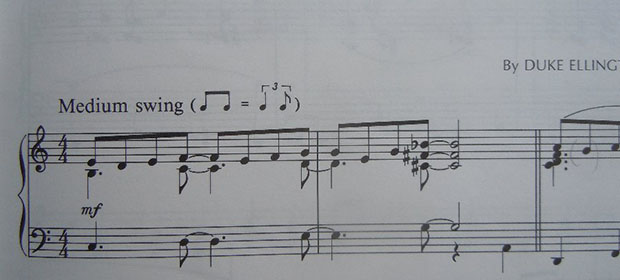A colleague and I were discussing our career paths the other day. Both of us are musicians. He is a professional and I am a serious amateur. We were talking about the power of music to coordinate individuals and teams.
Time: Music is broken into a time signature and bars. Each bar has a given number of beats. The tempo sets the overall time for how fast the beats go. When we coordinate people, our meeting, deliverables, and other rhythms set the beat. As leaders we set the tempo for how fast we want the organization to go.
Individuals: Each line in sheet music represents a different instrument or voice. These individual lines are combined to create the overall sound that we hear. In organizations, we need to provide clarity to individuals as to what is expected of them. It is rare to provide the level of clarity that is provided by each line and note of music.
Movement: Each line of music can be going in different directions, each note can have different lengths, and the emphasis we put on individual notes can vary moment by moment. This level of precision is rarely seen in organizations, yet is often needed to deliver on complex projects.
Orchestration: When you listen to the individual parts of a score of a large group or orchestra, each can sound completely different than the finished score. A beautifully written piece of music comes together as each individual part is combined to form something greater than the sum of each part. When we get teams to perform at that level, we achieve the same thing for our organizations.
Higher performing teams know how to orchestrate themselves to bring out the best in each individual, while insuring that the complete picture is delivered in a beautifully coordinated way for customers. How do you orchestrate?




